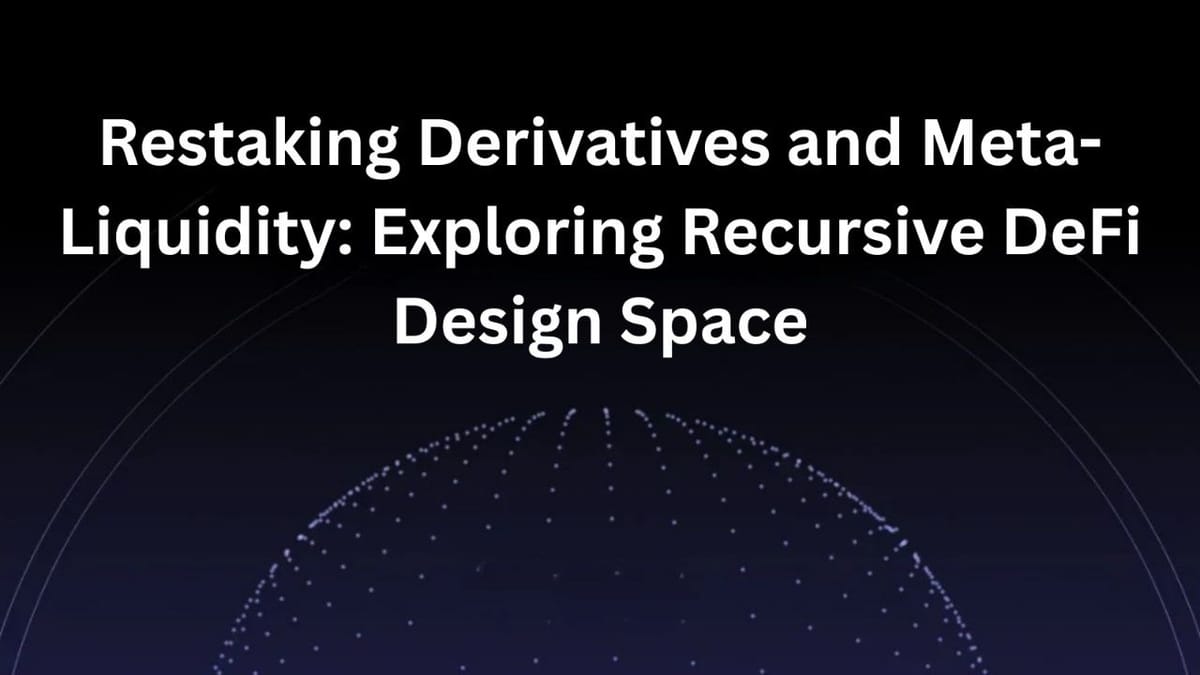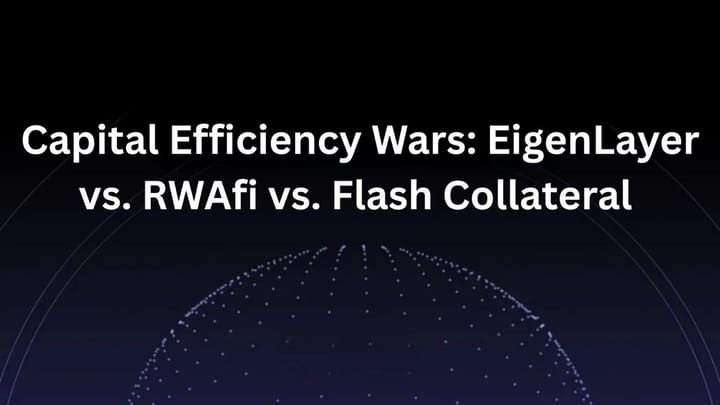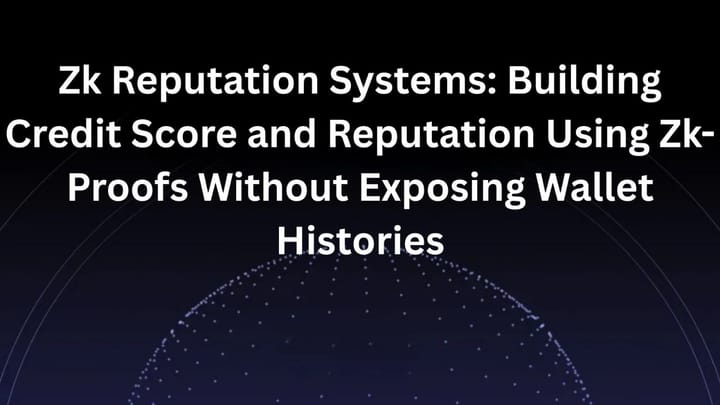Restaking Derivatives and Meta-Liquidity: Exploring Recursive DeFi Design Space

Introduction
The decentralized finance (DeFi) ecosystem has witnessed rapid evolution, with innovative financial instruments and mechanisms emerging to enhance liquidity, yield generation, and risk management. Among these innovations, restaking derivatives and meta-liquidity have gained significant attention. This article delves into the concept of restaking derivatives, particularly focusing on Liquidity Reward Tokens (LRTs) and their implications when restaked into synthetic vaults that serve as collateral. We will explore the recursive design space of DeFi, the potential benefits and risks associated with these mechanisms, and provide resources for further exploration.
1. Understanding Restaking Derivatives
1.1 What are Restaking Derivatives?
Restaking derivatives refer to the practice of taking tokens that have already been staked (such as LRTs) and staking them again in a different protocol or mechanism. This process allows users to earn additional rewards on their staked assets, effectively creating a layered yield generation strategy.
1.2 Liquidity Reward Tokens (LRTs)
LRTs are tokens distributed to liquidity providers as an incentive for supplying liquidity to decentralized exchanges (DEXs) or liquidity pools. These tokens represent a claim on a portion of the fees generated by the liquidity pool and can often be staked further to earn additional rewards.
For example, a user who provides liquidity to a DEX may receive LRTs as a reward. They can then take these LRTs and restake them in another protocol, potentially earning even more rewards. This creates a compounding effect, where the user can maximize their yield by leveraging their staked assets.
1.3 The Mechanics of Restaking
The mechanics of restaking involve several steps:
- Initial Staking: Users stake their assets in a liquidity pool, earning LRTs as rewards.
- Restaking: Users take their LRTs and stake them in a synthetic vault or another DeFi protocol.
- Earning Additional Rewards: By restaking, users can earn additional rewards on their LRTs, creating a recursive yield generation mechanism.
2. Meta-Liquidity: A New Paradigm
2.1 Defining Meta-Liquidity
Meta-liquidity refers to the liquidity that is generated through the restaking of derivatives and other financial instruments. It represents a higher-order liquidity that emerges from the interaction of various DeFi protocols and the assets within them.
In essence, meta-liquidity allows users to leverage their existing liquidity positions to create new liquidity opportunities. This can lead to increased capital efficiency and improved market dynamics.
2.2 The Role of Synthetic Vaults
Synthetic vaults are DeFi protocols that allow users to create synthetic assets by locking up collateral. When LRTs are restaked into these vaults, they can serve as collateral for minting synthetic assets. This process creates a recursive loop where the collateral itself generates additional liquidity.
For example, a user may restake their LRTs into a synthetic vault, which then allows them to mint synthetic assets. These synthetic assets can be used in various DeFi applications, such as trading, lending, or further staking, thereby enhancing the overall liquidity in the ecosystem.
3. The Recursive DeFi Design Space
3.1 Exploring Recursive Mechanisms
The recursive design space in DeFi refers to the ability to create complex financial instruments and strategies by layering different protocols and mechanisms. This design space allows for innovative solutions to liquidity challenges and risk management.
3.2 Benefits of Recursive Design
- Increased Capital Efficiency: By allowing assets to be used as collateral in multiple layers, users can maximize the utility of their capital.
- Enhanced Yield Opportunities: Users can earn rewards from multiple sources, creating a compounding effect on their investments.
- Improved Risk Management: The ability to diversify across different protocols can help mitigate risks associated with individual platforms.
3.3 Risks and Challenges
While the recursive design space offers numerous benefits, it also presents challenges:
- Complexity: The intricacies of multiple protocols can lead to confusion and increased risk for users who may not fully understand the mechanics.
- Smart Contract Risks: Each layer introduces potential vulnerabilities, as users rely on the security of multiple smart contracts.
- Market Volatility: The interconnectedness of various DeFi protocols can lead to cascading effects during market downturns, amplifying risks.
4. Case Studies and Examples
Example 1: LRTs in Action
Consider a user who provides liquidity to a DEX and receives LRTs as rewards. They decide to restake these LRTs into a synthetic vault that allows them to mint synthetic assets. By doing so, they can leverage their LRTs to create additional liquidity in the market.
This user can then use the synthetic assets for trading or lending, further enhancing their yield opportunities. The recursive nature of this strategy allows them to maximize their returns while also contributing to the overall liquidity of the DeFi ecosystem.
Example 2: Meta-Liquidity in Practice
A DeFi protocol introduces a new synthetic asset that is backed by LRTs. Users can restake their LRTs into the protocol, which then allows them to mint the synthetic asset. This creates a new liquidity pool for the synthetic asset, attracting more users and liquidity providers.
As more users participate, the protocol can offer additional incentives, further enhancing the meta-liquidity generated by the restaking of LRTs. This creates a virtuous cycle where the liquidity generated by the synthetic asset attracts more participants, leading to increased capital efficiency and yield opportunities.
5. Future Implications and Developments
1. The Evolution of DeFi
As the DeFi landscape continues to evolve, the concepts of restaking derivatives and meta-liquidity are likely to play a significant role in shaping the future of decentralized finance.
- Interoperability: The ability for different protocols to interact seamlessly will be crucial in maximizing the benefits of restaking and meta-liquidity.
- Regulatory Considerations: As DeFi gains mainstream attention, regulatory frameworks may emerge that impact the use of restaking derivatives and synthetic assets.
- User Education: As the complexity of DeFi increases, educating users about the risks and benefits of these mechanisms will be essential for fostering a healthy ecosystem.
2. Potential Innovations
- Automated Strategies: The development of automated strategies that can optimize restaking and yield generation will likely become more prevalent, allowing users to maximize their returns with minimal effort.
- Risk Mitigation Tools: New tools and protocols may emerge to help users manage the risks associated with recursive DeFi strategies, providing greater security and peace of mind.
- Enhanced Analytics: As the DeFi space grows, advanced analytics tools will be necessary to help users navigate the complexities of restaking and meta-liquidity.
Conclusion
Restaking derivatives and meta-liquidity represent a significant advancement in the DeFi ecosystem, offering users new opportunities for yield generation and liquidity enhancement. By understanding the mechanics of restaking LRTs into synthetic vaults and the implications of recursive design, users can navigate the evolving landscape of decentralized finance more effectively.
As the DeFi space continues to innovate, it is essential for participants to stay informed about the risks and benefits associated with these mechanisms. By leveraging the power of restaking and meta-liquidity, users can maximize their capital efficiency and contribute to the overall growth of the DeFi ecosystem.
Resources for Further Exploration
- DeFi Pulse - A comprehensive resource for tracking DeFi projects and their metrics.
- CoinGecko - A cryptocurrency data aggregator that provides insights into various DeFi tokens and protocols.
- The Defiant - A news platform focused on DeFi, providing articles, podcasts, and resources for understanding the space.
- Messari - A crypto research platform that offers in-depth analysis and insights into DeFi projects and trends.
- Ethereum.org - The official Ethereum website, providing resources and documentation for developers and users interested in DeFi.


Comments ()